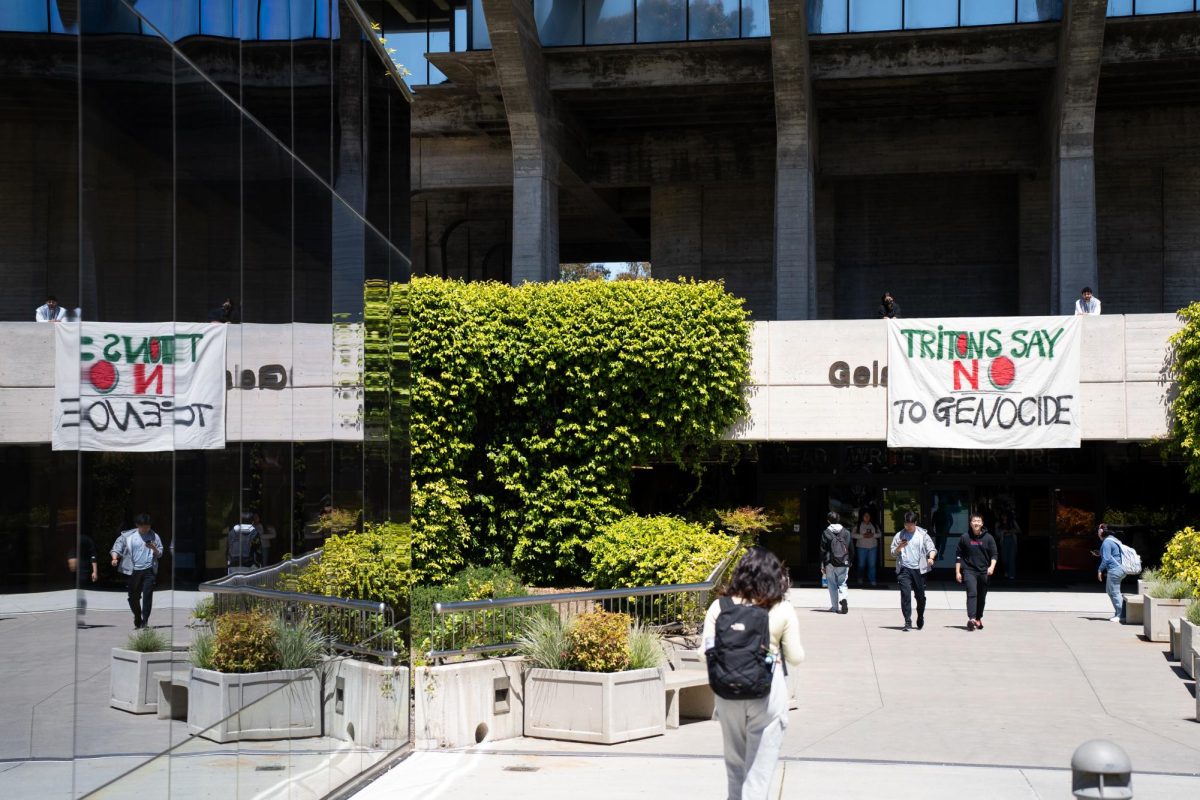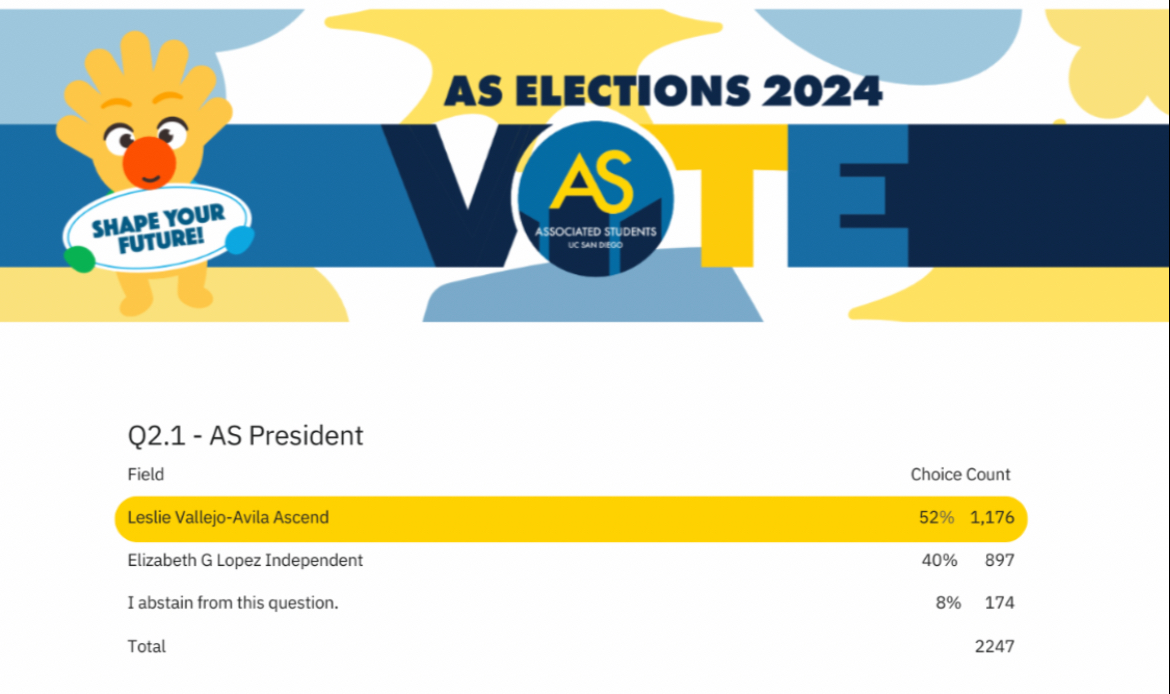UCSD researchers developed an electric chip that uses electric fields to remove nanoparticles from blood more efficiently than existing methods. Led by Michael Heller, a nanoengineering professor at the UCSD Jacobs School of Engineering, the team published its findings in the scientific journal Small on Oct. 9.
Heller explained to UCSD News that it was necessary to discover a method to remove nanoparticles from the plasma in order to study the surface designs of plasma.
“We were interested in a fast and easy way to take these nanoparticles out of plasma so we could find out what’s going on at their surfaces and redesign them to work more effectively in blood,” Heller said.
According to scientific researcher Xavier Tadeo from the Institut Curie, nanoparticles are particles that are 1000 times smaller than the width of a human hair and are often difficult to separate from blood due to their small size and low density.
Nanoparticles are sometimes used in operations to target cancer cells and in complex drug delivery mechanisms to deliver drugs to certain targeted regions in the body, bypassing the cell membrane and entering through the cytoplasm.
Previous methods used to remove nanoparticles from blood included reducing the plasma, using a centrifuge to spin the particles out of the blood or adding agents to the exterior of the nanoparticles.
Stuart Ibsen, a postdoctoral fellow in the Department of NanoEngineering at UCSD and one of the authors of the study, explained that this technology requires less maneuvering than other methods.
“This is the first example of isolating a wide range of nanoparticles out of plasma with a minimum amount of manipulation,” Ibsen said to UCSD News. “We’ve designed a very versatile technique that can be used to recover nanoparticles in a lot of different processes.”
The technology used to remove nanoparticles from the blood is a dime-sized electric chip that is made out of numerous electrodes which create an oscillating electric field that removes the nanoparticles from the plasma. This happens because of material property differences between the nanoparticles and the electrodes in the electric chip. Thus, as the electric field oscillates, nanoparticles are attracted to the electrodes and pulled toward them without pulling any plasma.
While some nanoparticles are able to dissolve in blood, some nanoparticles are insoluble which means they have to be removed.
Although methods to remove nanoparticles exist, these methods cannot readily be used in a medical emergency involving a person, according to Medical News Today. This new technology is able to remove nanoparticles from the blood efficiently and does not require chemical dilution.
Santosh Kesari, a professor of neuroscience at UCSD School of Medicine and one of the researchers on the team, described in a statement to the Press Trust of India News that this technology can help doctors determine whether patients are compatible with certain drugs.
“This nanoparticle separation technology can also be used in the clinic to determine if the blood chemistry of a particular patient is compatible with the surfaces of certain drug-delivery nanoparticles,” Kesari said.
Thus, this technology should help scientists observe more carefully what happens to nanoparticles traveling in a patient’s bloodstreams and recover them quickly if necessary.
Ibsen remarked that this technology also does not require any additional alterations to plasma samples.
“It’s amazing that this method works without any modifications to the plasma samples or to the nanoparticles,” Ibsen said.
Eleanor Roosevelt College junior Katie Newcomer, a nanoengineering major, said that this technology is necessary since some nanoparticles remain in the liver after performing their necessary function.
“This is amazing because, while nanoparticles have fantastic drug delivery abilities, they tend to be hindered by the fact that they cannot be filtered out of the blood,” Newcomer told the UCSD Guardian. “This means that while many nanoparticles reach their target cancer cell or hazardous bacteria, many more just end up filtered into the liver.”
This study was funded by the National Cancer Institute.







